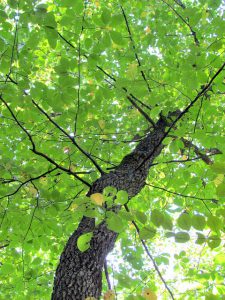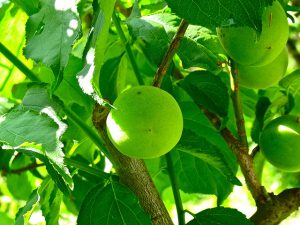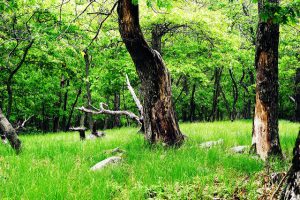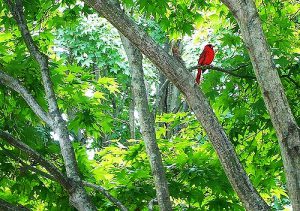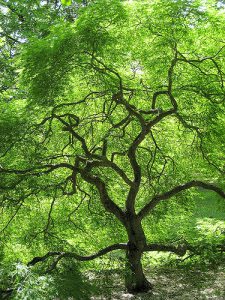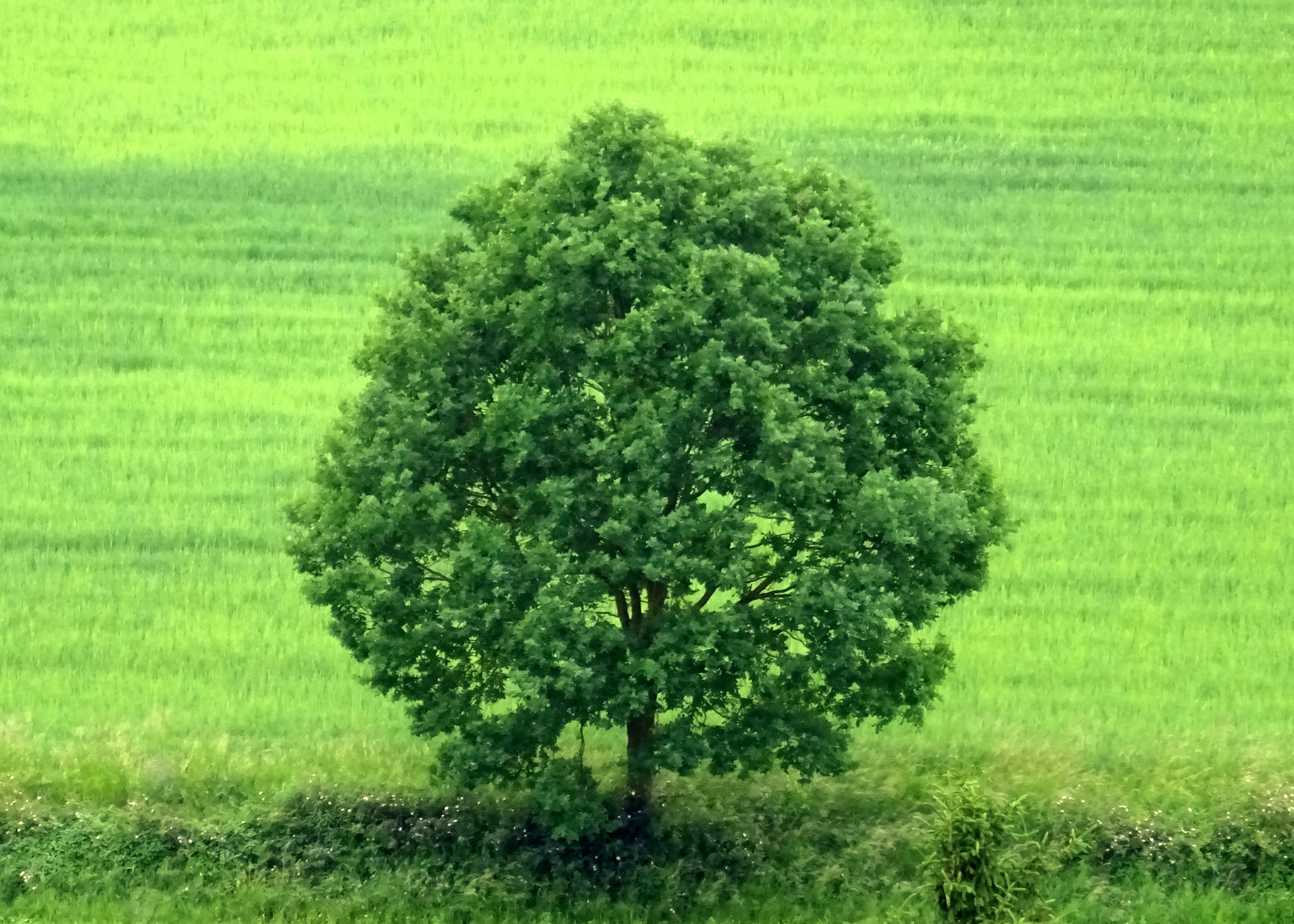
If you are new to planting trees, you might think that you can just put it into the ground and everything will proceed as it should. That is not the case in most situations. For many of us, our trees need some care once they have been planted (and even before you plant them) in order to make them have the best chance of growth.
Getting ready to plant some of your own trees? Here are some of our tips to give your trees the best chance for growth:
1. Think About Where You Are Planting Your Trees
- How and what to plant will depend on your property
- Think about your land and set goals before buying trees
- Talk to professionals about what trees are good for you
According to Wisconsin DNR Forestry, the first thing you want to think about is what you want out of your trees. This is important because if you feel like you are getting something out of your trees, you are more likely to take care of them properly.
Do you want trees for shade?
Do you want them to attract birds?
Do you want them to blossom in the spring?
There are so many options out there for people who want to plant in our area. The best thing you can do is talk to a professional who will help you to go through your options and make it possible for you to visualize the tree into the future.
2. Make Sure To Prune Them Properly
- Most new trees don’t need to be pruned
- Prune only to encourage a strong central leader
- Make sure you use proper techniques
Most new trees are pre-pruned when you buy them. Nurseries and tree professionals take care of the trees to the best of their abilities before they get to you. This means that you don’t have to do any of the pruning – which is a good thing in many ways.
If you have a tree that needs pruning, it’s best to consult a professional – they have the tools and skills to do it.
According to WisContext, “Unless a branch is dead, diseased or damaged, newly planted trees should not be pruned. Pruning newly planted trees can reduce their foliage, which produces the nutrients necessary for new root development and establishment. A tree can be pruned once it has been established for two to five years.”
3. Think About The Soil
- Use native soil if possible
- Get your soil tested if you haven’t used it for growth before
- Add mulch for more nutrients
Once you have planted a tree, you want to backfill the hole with native soil according to Joe Gardener. Slightly taper the grade of the soil so that there isn’t any pooling when it rains or when you water it. Use as much native soil as possible and don’t supplement with composted soil or something else.
If you do not think you have enough soil, you can add some natural mulch like a good shredded hardwood or bark. Try to apply it away from the trunk of the growing tree.
4. Plant High
- Helps with water drainage
- Gives tree best chance to survive
- Won’t settle
When you are thinking about planting your trees, you want to look at the placement of that tree. If you look at your yard, you are likely to see peaks and valleys – make sure to plant on a peak. This is highly important to give your tree a fighting chance when it is planted. If your yard’s peaks are hard to see, use a level to help detect them. Even a small rise in the land makes a difference.
According to a professional at Milorganite: “I go even one step further by placing transplants in their new environment with up to 25% of the root ball higher than the surrounding soil level. I then taper soil up to cover all the roots and add a generous layer of mulch above that. Newly disturbed soil has a tendency to settle and shrubs and trees planted below grade can easily succumb to root rot or disease. In my book it’s always better to plant a tree or shrub slightly high and allow the area to drain than for a plant to sit in a bowl and collect excess water. More plants die from over-watering (drowning) than under watering.”
5. Protect The Tree
- Think about all the dangers that can impact your tree
- Animals, climates, cars, children, and chemicals can impact your trees
- There are protective elements you can install
While your tree is still growing, your garden is at risk from many different factors. Animals can come in and break branches, eat greenery, or make homes. Wind, storms, and other natural factors can bring the tree down quite easily. Chemical sprays can kill a tree instantly.
Use all of the protective elements that you can, according to the Arbor Day Blog. These can be purchased from any big box store or home improvement store. Make sure to anticipate any of the problems that might emerge and try to protect against them so it doesn’t happen the first time. As your tree gets older, you won’t need as much, but you should still keep an eye on it.
If you are looking for a tree care professional in Southern Ontario, give Van Till Tree Care a call today at (705) 653-3777. We will help you to better understand your trees and how to handle any green spots, pruning trouble, or soil issues that you may find – of course, we can also help you with many other issues that you might find for your trees – from the very top of the tree to the roots.

